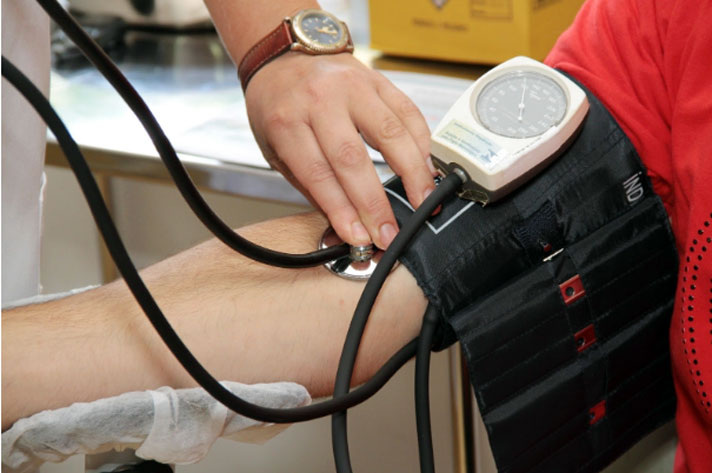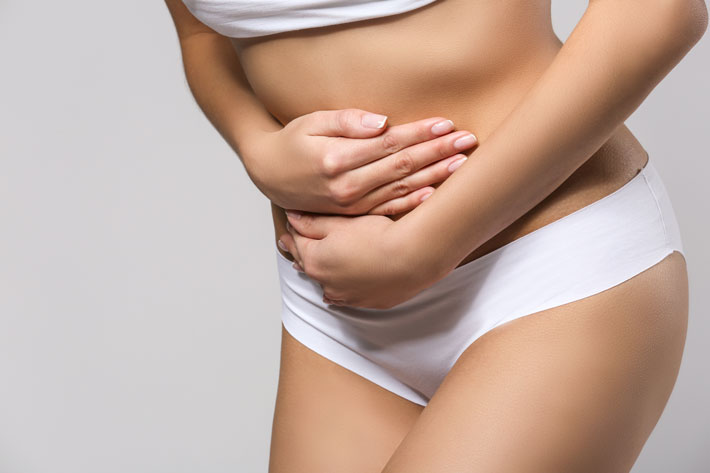Winter Weather and Your Pregnancy
 Expectant mothers often become very familiar with looking after their body throughout their pregnancy and preparing for childbirth. It’s common for all pregnant women to experience some discomfort and difficulties at points during their pregnancy but this can be aggravated in the erratic weather characteristic of the Kansas City winter. As well as staying warm, it’s also important to keep your body healthy and your mind happy during the cold winter months.
Expectant mothers often become very familiar with looking after their body throughout their pregnancy and preparing for childbirth. It’s common for all pregnant women to experience some discomfort and difficulties at points during their pregnancy but this can be aggravated in the erratic weather characteristic of the Kansas City winter. As well as staying warm, it’s also important to keep your body healthy and your mind happy during the cold winter months.
Here are six tips to prepare for the winter weather and your pregnancy.
1. Stay Safe On the Ground
The icy, snowy or wet ground poses a falling risk to pregnant women. Always stay alert when walking around, using steps and even getting in and out of the car. In extremely icy conditions, you might want to consider staying in, when possible, until the weather improves. You can best prepare for the hazardous, wintery conditions by investing in some high-quality winter boots with traction, and having deicing salt handy to use on your driveway, sidewalk and home entrance.
Sometimes falls can happen even when careful, so if you fall, don’t panic. In most cases, it won't cause damage to you or your baby, but be sure to check with your doctor if you’re concerned.
Though it can be difficult to ask for help, don’t be afraid to ask for a hand where you need it!
Seven Reasons to Consider an Intrauterine Device
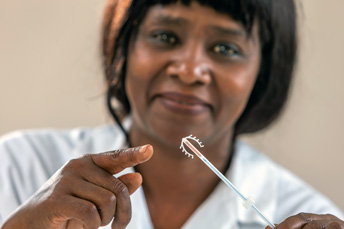 When women in the US think about contraception, most only think of pills. However, worldwide, intrauterine devices are by far the most commonly used forms of reversible contraception, in stark contrast with the US where pills are still commonly used and intrauterine devices rarely are; in fact, estimates from the Guttmacher Institute indicate significantly more US women use pills and condoms than IUDs. Here we present seven reasons to consider an intrauterine device:
When women in the US think about contraception, most only think of pills. However, worldwide, intrauterine devices are by far the most commonly used forms of reversible contraception, in stark contrast with the US where pills are still commonly used and intrauterine devices rarely are; in fact, estimates from the Guttmacher Institute indicate significantly more US women use pills and condoms than IUDs. Here we present seven reasons to consider an intrauterine device:
IUDs can prevent worry or surprises
The statistics from the US in regards to contraceptive choices are rather puzzling considering the many advantages of IUDs in comparison to pills and condoms. For starters, they are much more effective. The effectiveness of contraception is commonly expressed in terms of the failure rate, namely “if 100 couples used that method for a year while engaging in regular PIV sexual intercourse, how many would be expected to get pregnant?”
Usually two numbers are given, one with “perfect use” and one with “actual use out in the real world.” These two numbers reflect the difficulty couples have in precisely following contraception instructions – for example, “perfect use” of the pill is rather unrealistic, according to “SOURCE”
In the US, estimated failure rates for methods of contraception are:
- No contraception: 85
- IUD: 0.2
- Birth control pill: 1 perfect use; 9 normal use
- Condom: 2 perfect use; 15 normal use
Open Enrollment: What It Means For Teachers In Blue Valley, Shawnee Mission and Olathe
Choosing a health plan can sometimes be the most confusing part of participating in your own medical care. This is true for everyone, but especially for teachers, who may have more limited options in our area. At Kansas City ObGyn, we understand that and we want to make your trip to the doctor as simple as possible. With open enrollment upon us, here are some more pointers to help you pick the right plan.
Teachers: Before You Choose BlueSelect, Consider This
 Since choosing the right health care for your specific needs can be complicated, we want to make sure that you are aware that Kansas City ObGyn is in-network if you choose BlueSelect and BlueSelect Plus plans. However, Overland Park Regional Hospital, where our team has privileges, would be out-of-network for these plans.
Since choosing the right health care for your specific needs can be complicated, we want to make sure that you are aware that Kansas City ObGyn is in-network if you choose BlueSelect and BlueSelect Plus plans. However, Overland Park Regional Hospital, where our team has privileges, would be out-of-network for these plans.
For 2019, there are three BlueSelect Plus plans available: BlueSelect Plus PPO, BlueSelect Plus HDHP and BlueSelect Plus EPO, a new option. For all these plans, you will be left with the same issue: Kansas City ObGyn will be in-network but Overland Park Regional Hospital will be out-of-network.
Teachers in Blue Valley, Shawnee Mission and Olathe have six health plans to choose from during open enrollment. Other options can allow you to choose the right health plan for you and still stay with your preferred provider at Kansas City ObGyn for your entire pregnancy and delivery at Overland Park Regional Hospital.
What You Need To Know About Pelvic Organ Prolapse
What Is Pelvic Prolapse?
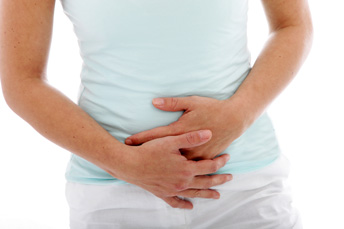 Your pelvic tissues and muscles cradle and support your pelvic organs. Pelvic organs consist of the uterus, bladder, rectum, cervix and vagina. When pelvic prolapse occurs, the muscles and tissues of the pelvic become weak or damaged and can no longer support the organs. As a result, one or more of the organs of the pelvis drop (prolapse). Prolapse of the pelvic organs can be extremely uncomfortable and requires medical diagnosis and treatment. Although rare, prolapse can occur after a hysterectomy procedure when any part of the vaginal wall may collapse and bulge into or beyond the vaginal opening.
Your pelvic tissues and muscles cradle and support your pelvic organs. Pelvic organs consist of the uterus, bladder, rectum, cervix and vagina. When pelvic prolapse occurs, the muscles and tissues of the pelvic become weak or damaged and can no longer support the organs. As a result, one or more of the organs of the pelvis drop (prolapse). Prolapse of the pelvic organs can be extremely uncomfortable and requires medical diagnosis and treatment. Although rare, prolapse can occur after a hysterectomy procedure when any part of the vaginal wall may collapse and bulge into or beyond the vaginal opening.
Prolapse of the pelvic organ is just one type of pelvic floor disorder. The most common disorders are:
- Urinary incontinence - the leaking of urine
- Fecal incontinence - the leaking of stool
- Pelvic organ prolapse - the loss of support of the organs in the pelvis
What are the Different Types of Pelvic Prolapse?
Anterior Vaginal Wall Prolapse (Cystocele or Urethrocele) is the most common type of pelvic prolapse and occurs at the top of the vagina when the bladder’s supportive tissue stretch or detach and the bladder falls into the vagina. Posterior Wall Prolapse (Rectocele or Enterocele) occurs when the supportive tissues of the rectum stretch or detach from the pelvic bones and the rectum bulges into the vagina. Uterine prolapse occurs when the pelvic muscles and tissue weaken, allowing the uterus to drop into the vagina. Uterine prolapse can sometimes be associated with prolapse of the small bowel, called enterocele. When enterocele occurs, the small bowel or small intestine may bulge into the vagina.
Dysmenorrhea (AKA Painful Periods): Symptoms, Causes and Treatment
Managing Your Painful Periods
Excessively painful periods with intense cramping is a condition called dysmenorrhea, which is one of four abnormal types of menstrual periods. Many women suffer from dysmenorrhea with every menstrual period and the pain can range from mild discomfort to disabling pain. Often women will find their pain to lessen after giving birth the first time but some women continue to experience significant pain even after having children.
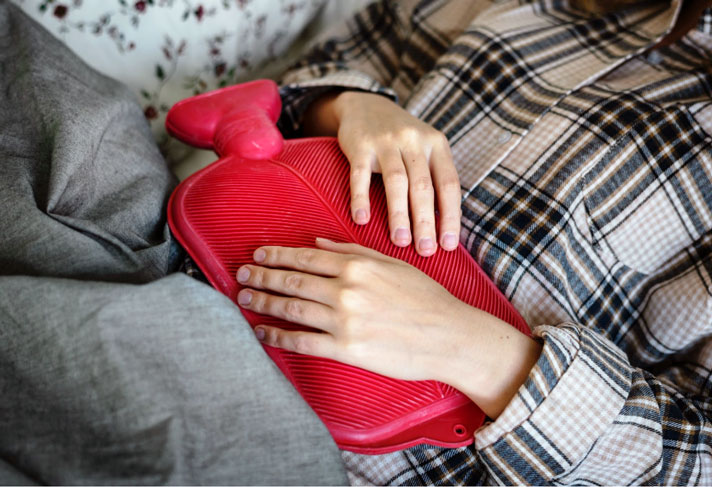
What Causes Menstrual Cramps?
Period cramps occur when the uterus contracts during your menstrual period. Your uterus is a muscle that may contract quite strongly during your period. If the uterine muscles contract too strongly due to an excess of prostaglandins, the muscles may cut off the supply of oxygen to that area, which in turn causes pain.
Could You Have Postpartum Depression?
Could You Have Postpartum Depression?
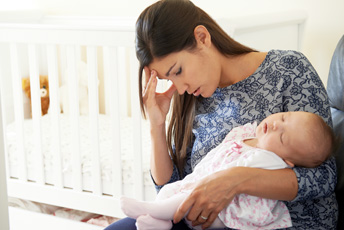 From the anticipation during pregnancy to the joy when you first meet your precious new baby, new motherhood brings about so many emotions. There are high expectations from family and friends and society at large that the primary emotions should be ones of happiness, but it is not uncommon for women to experience a range of other emotions, including diagnosable depression.
From the anticipation during pregnancy to the joy when you first meet your precious new baby, new motherhood brings about so many emotions. There are high expectations from family and friends and society at large that the primary emotions should be ones of happiness, but it is not uncommon for women to experience a range of other emotions, including diagnosable depression.
More than 80 percent of all women experience some version of “the baby blues” after delivery. Thankfully for most, these feelings are short-lived and disappear on their own in a few weeks once hormones balance. However, for some new mothers, the symptoms of feeling down not only linger, but they also intensify.
Five Myths About Women's Heart Health
Are you aware of your heart disease risk? Most women have at least one risk factor and still believe heart attacks are only for men. Raise your awareness and debunk these five myths about women’s heart health.
Myth: Heart Disease is More Common in Men. Women Need to Worry More About Breast Cancer.
Fact: More women die annually from heart disease than breast cancer. That breast cancer is a perceived higher risk is not based in fact. Heart disease is in fact the leading cause of death in women over the age of 65, just like it is for men. While one in 31 American women dies from breast cancer yearly, heart disease kills one out of 3 women. That’s roughly a death a minute!
What is a Menstrual Cup?
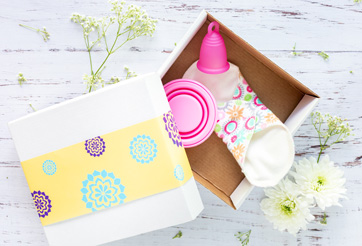 Traditional feminine hygiene products like tampons and pads are still the most commonly used options amongst women during their menstrual cycle. However, there are alternatives, such as the menstrual cup, that has risen in popularity.
Traditional feminine hygiene products like tampons and pads are still the most commonly used options amongst women during their menstrual cycle. However, there are alternatives, such as the menstrual cup, that has risen in popularity.
What is a Menstrual Cup?
Menstrual cups are a feminine hygiene product intended for internal use, similar to a tampon, to collect menstrual fluid. Most commonly made of silicone or latex rubber, the cup is bell-shaped and some have a stem for easier insertion and removal. There are both reusable and disposable models on the market. Reusable cups can last several years with proper care. There are several brands, many available at major retailers, offering different sizes based on age and whether you have previously given birth.
Expectant Mothers Are Turning To Google For Pregnancy Answers
The birth and rapid growth of the internet and social media has forever changed how people communicate with each other, especially those going through similar experiences such as pregnancy. It used to be that a pregnant woman would rely on her family, friends, acquaintances and, most importantly, her doctor for advice. Since the explosion of the internet, women now have access to all the information they ever wanted and then some. Social media and online forums have allowed for groups of people with similar interests or experiences, who otherwise may feel isolated, to establish a pseudo-community. These forums and chat rooms have especially become a social support system for mothers during pregnancy and beyond according to this study.
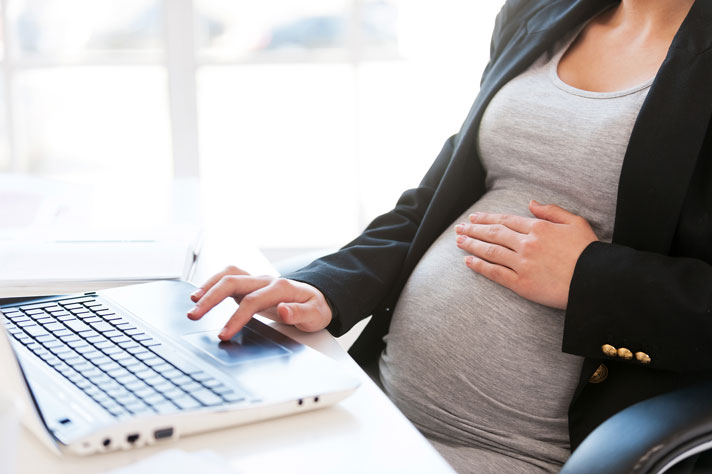
Tired of Seeing Another Negative Pregnancy Test?
7 Signs You Should Speak To Your OB About Infertility
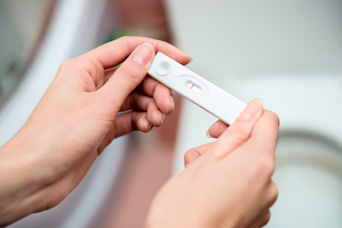 Fertility difficulties are real and unfortunately affect many couples. Around 10% of women have trouble getting pregnant or carrying to term. It is normal for it to take some time to conceive, but if it’s been over a year (six months if you are over 35) or any of these seven signs apply to you, it’s time to speak with your obstetrician about infertility. Don’t just wait and hope it will happen next cycle. There are many ways to get help conceiving.
Fertility difficulties are real and unfortunately affect many couples. Around 10% of women have trouble getting pregnant or carrying to term. It is normal for it to take some time to conceive, but if it’s been over a year (six months if you are over 35) or any of these seven signs apply to you, it’s time to speak with your obstetrician about infertility. Don’t just wait and hope it will happen next cycle. There are many ways to get help conceiving.
1. Are You Over 35?
When it comes to getting pregnant, age actually matters. If you are trying to get pregnant and are 35 or older, you should know that your odds of conceiving are reduced to 15-20% in a given month. As long as there are no other risk factors, many women successfully conceive and carry healthy babies to term. However, if you have been trying for more than 6 months, it’s time to speak with your OB about tracking your ovulation and potential fertility treatments available to you.
Signs That You May Have Endometriosis
What is Endometriosis?
Endometriosis is caused by abnormal growth of tissue outside the uterus. Endometrial tissue is supposed to be contained to the lining of the uterus and when it grows outside the uterus, it can cause a host of issues. Though endometriosis is most commonly found in the lower abdomen, it can on rare occasion present elsewhere in the body.
The direct cause of endometriosis is unknown, though multiple factors have been linked to it. One of the most widely believed theories is that menstruation plays a role in causing endometriosis. The process is referred to as retrograde menstruation and occurs when blood, along with uterine lining, flows into the abdominal cavity. Many women have some degree of retrograde menstruation, but only a small percentage will get endometriosis. There may be an immune system connection here. Additionally, endometriosis has a genetic link and if women in your family suffer from endometriosis, you have a greater chance of developing the condition yourself.
Endometriosis affects women of all age groups, with higher rates in women between 20-40 years old. Obesity may be linked to a greater risk of developing endometriosis, and women who have not given birth are also at higher risk.







